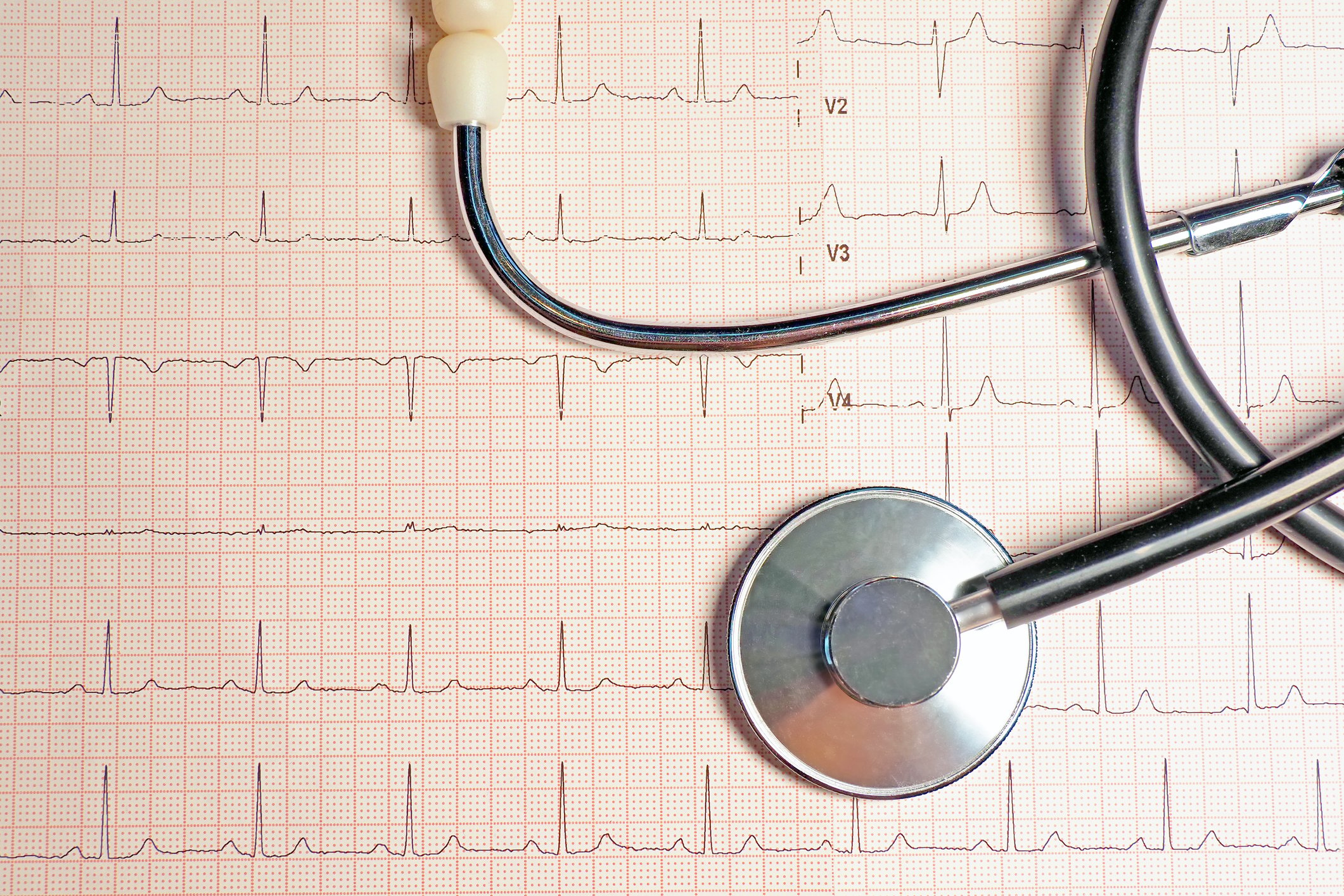
While tachycardia can be a sign of respiratory distress, it also can be a complication of interventions to treat respiratory distress, including suctioning. First responders and medical providers must have a clear understanding of the link between tachycardia and suctioning so that they can reduce the risk of patient injuries and improve both long- and short-term outcomes.
Tachycardia as an Indication for Suctioning
When the blood is poorly oxygenated or an organ is deprived of oxygen, the heart beats at a more rapid rate to increase the flow of oxygenated blood. Tachycardia, especially in conjunction with other signs of hypoxia or respiratory distress, can be a signal that a patient needs suctioning. Some other suctioning indications include:
- Signs of respiratory distress such as gasping, increased rate of breathing along with tachycardia, and decreased talking or consciousness
- In an intubated patient, decreased SpO2, higher positive end-expiratory pressure (PEEP), increased resistance, and higher fraction of inspired oxygen (FiO2).
- Coarse or rattling breathing sounds in a patient who cannot clear their airway
- Aspiration, an actively bleeding airway, or high risk of aspiration, such as in a vomiting but unconscious patient
There are no absolute contraindications to suctioning a patient, but some complications and conditions may increase the risk. They include:
- Airway trauma
- Hypoxemia
- Infection
Critically, cardiac arrhythmias may also be a contraindication to suctioning if they get worse during suctioning. Monitor a tachycardic patient for worsening arrhythmias during and after any suctioning procedure.
How Suctioning Can Cause Tachycardia
Suctioning is a risk factor for tachycardia. A classic 1969 study on the topic found a tachycardia rate of 35% among patients undergoing tracheal suctioning. Rates in emergency medicine today are slightly lower thanks to improved technique and improved equipment. Nevertheless, tachycardia rates remain high.
Suctioning may also induce hypotension. This can be especially dangerous for patients suffering hemorrhages, cardiac failure, or conditions which make low blood pressure particularly risky.
Tips for Safer Suctioning
A number of strategies can reduce the risk of tachycardia. In ventilated patients, nebulized atropine administered prior to suctioning may improve outcomes. In out-of-hospital settings, the following interventions can reduce the risk of cardiac arrhythmias:
- Oxygenate the patient before and after suctioning, as well as in between passes if you suction them multiple times. Oxygenation reduces the risk of hypoxia—a well-known suctioning complication that can also cause tachycardia.
- Limit suctioning time to no longer than 10-15 seconds. If the first suctioning pass is ineffective, withdraw the catheter, reoxygenate the patient, and try again.
- Visualize the airway before beginning suctioning. Look for loose dentures, objects lodged in the mouth or throat, and other risk factors for difficult suctioning. Airway obstructions and trauma may both cause tachycardia. Prevent these injuries by paying attention to the airway and using appropriately sized equipment.
Choosing the Right Equipment
Having the right equipment enables first responders to quickly intervene in airway emergencies. Quality suction machines are compatible with a wide range of catheters, enabling you to choose equipment that is an appropriate size for the patient.
Portable emergency suction means that first responders can tend to patients anywhere, as well as meet their legal requirements to treat patients within a 250-yard radius of the hospital. For help choosing the right machine for your agency, and for more expert suctioning insight, download our free guide, The Ultimate Guide to Purchasing a Portable Emergency Suction Device.
Editor's Note: This blog was originally published in July of 2020. It has been re-published with additional up to date content.















